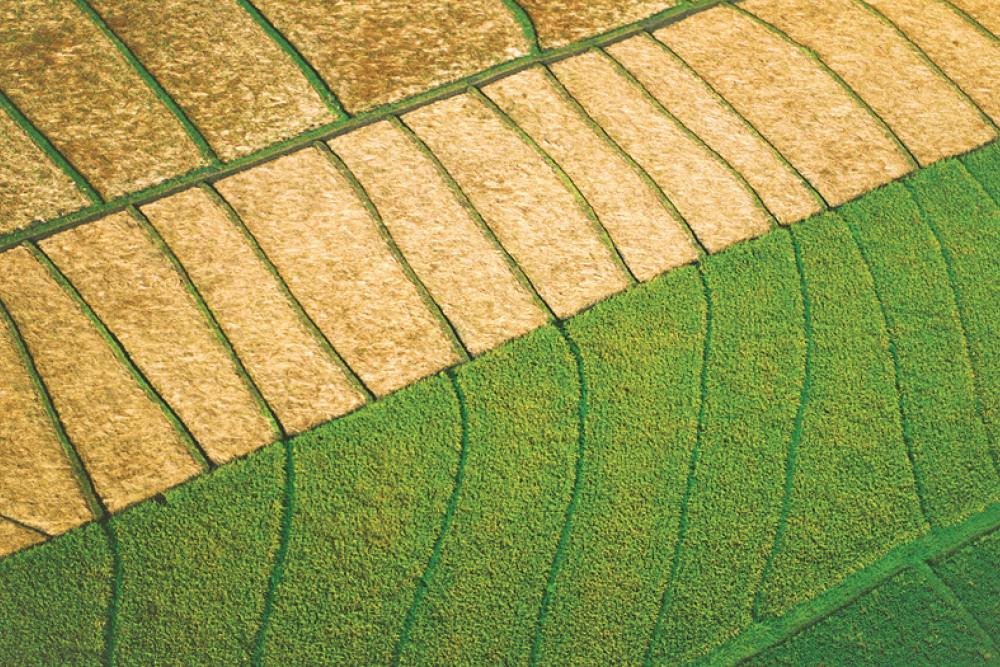Australia’s agricultural workforce is steadily growing and changing, with more women and young people joining the sector.
The ABARES Insights Snapshot of Australia’s agricultural workforce shows the changing state of the agricultural workforce based on data from the 2021 Census of Population and Housing.
ABARES Executive Director Dr Jared Greenville said it was interesting to see the subtle shifts in the data which covers employed people aged 15 years and older whose main job held in the week prior to Census night was in agriculture.
“Between the 2016 Census and the 2021 Census, we’ve seen more people overall working in agriculture – 239,093, which is an increase of 4.7%,” Dr Greenville said.
“We’ve also seen a slight rise in the proportion of women (to 33%), young people (to 25%) and people from culturally and linguistically diverse backgrounds (to 13%) in the agricultural workforce over the same period.
“Around 1.8% of workers in the agricultural sector were Indigenous, and 1.6% had a disability that meant they required assistance with core activities.
“In 2021, 46% of people working in agriculture were employed in sheep, beef cattle and grain farming, which is a slight contraction since 2016.
“Most people who work in agriculture live in regional areas (81%) and the majority (68%) were in full-time employment.
“Australia’s farm population is constantly changing. I’m sure plenty of people in the agricultural sector will be heartened to see more young people getting involved in the industry.
“The gradual trends seen in the statistics are a reflection of changes in agriculture and Australia’s workforce more broadly.”
The ABARES Insights: Snapshot of Australia’s agricultural workforce report is available on the ABARES website: https://www.agriculture.gov.au/abares/products/insights/snapshot-of-aus….



